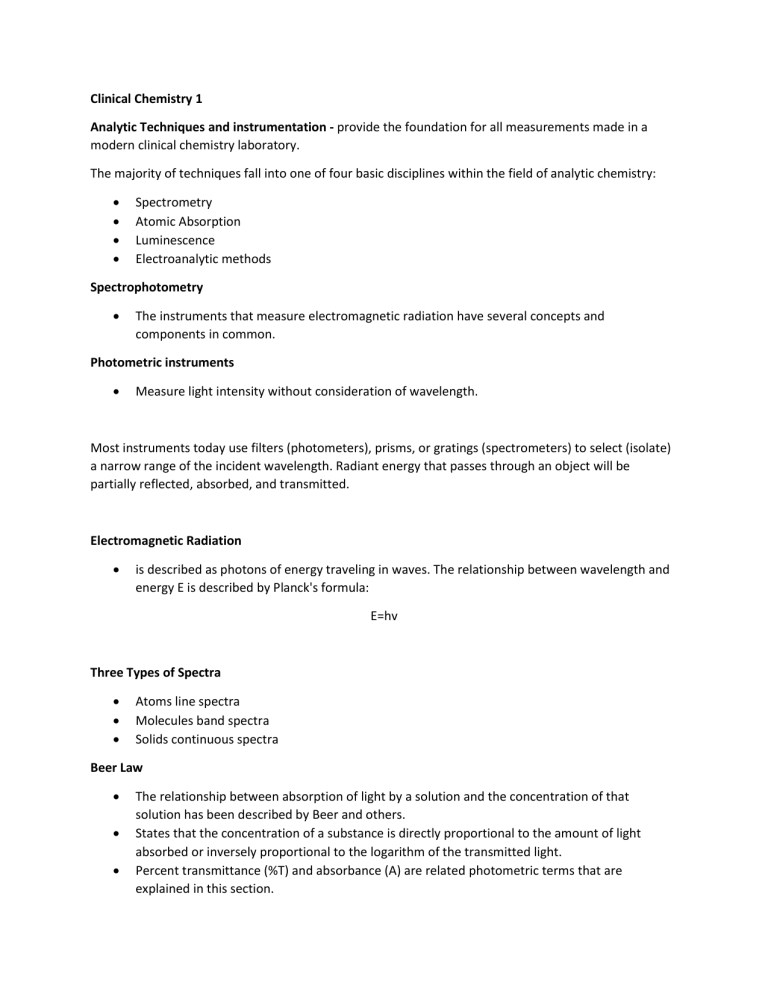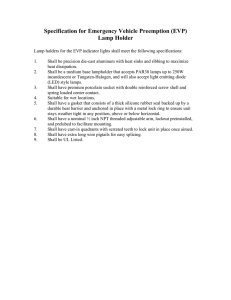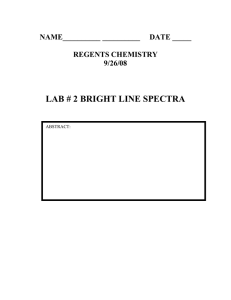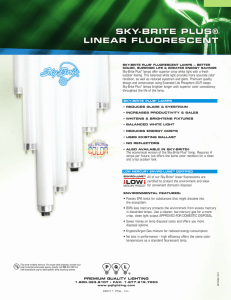
Clinical Chemistry 1 Analytic Techniques and instrumentation - provide the foundation for all measurements made in a modern clinical chemistry laboratory. The majority of techniques fall into one of four basic disciplines within the field of analytic chemistry: Spectrometry Atomic Absorption Luminescence Electroanalytic methods Spectrophotometry The instruments that measure electromagnetic radiation have several concepts and components in common. Photometric instruments Measure light intensity without consideration of wavelength. Most instruments today use filters (photometers), prisms, or gratings (spectrometers) to select (isolate) a narrow range of the incident wavelength. Radiant energy that passes through an object will be partially reflected, absorbed, and transmitted. Electromagnetic Radiation is described as photons of energy traveling in waves. The relationship between wavelength and energy E is described by Planck's formula: E=hv Three Types of Spectra Atoms line spectra Molecules band spectra Solids continuous spectra Beer Law The relationship between absorption of light by a solution and the concentration of that solution has been described by Beer and others. States that the concentration of a substance is directly proportional to the amount of light absorbed or inversely proportional to the logarithm of the transmitted light. Percent transmittance (%T) and absorbance (A) are related photometric terms that are explained in this section. Spectrophotometer used to measure the light transmitted by a solution to determine the concentration of the light-absorbing substance in the solution. Components of a Spectrophotometer Light Source The most common source of light for work in the visible and near-infrared regions is the incandescent tungsten or tungsten-iodide lamp. The lamps most commonly used for ultraviolet (UV) work are the deuterium discharge lamp mercury arc lamp. Deuterium provides continuous emission down to 165 nm Low-pressure Mercury Lamps Emit a sharp line spectrum, with both UV and visible lines. Medium and high-pressure Mercury Lamps Emit a continuum from UV to the mid-visible region. The most important factors for a light source are; Range, spectral distribution within the range, the source of radiant production, stability of the radiant energy, and temperature



